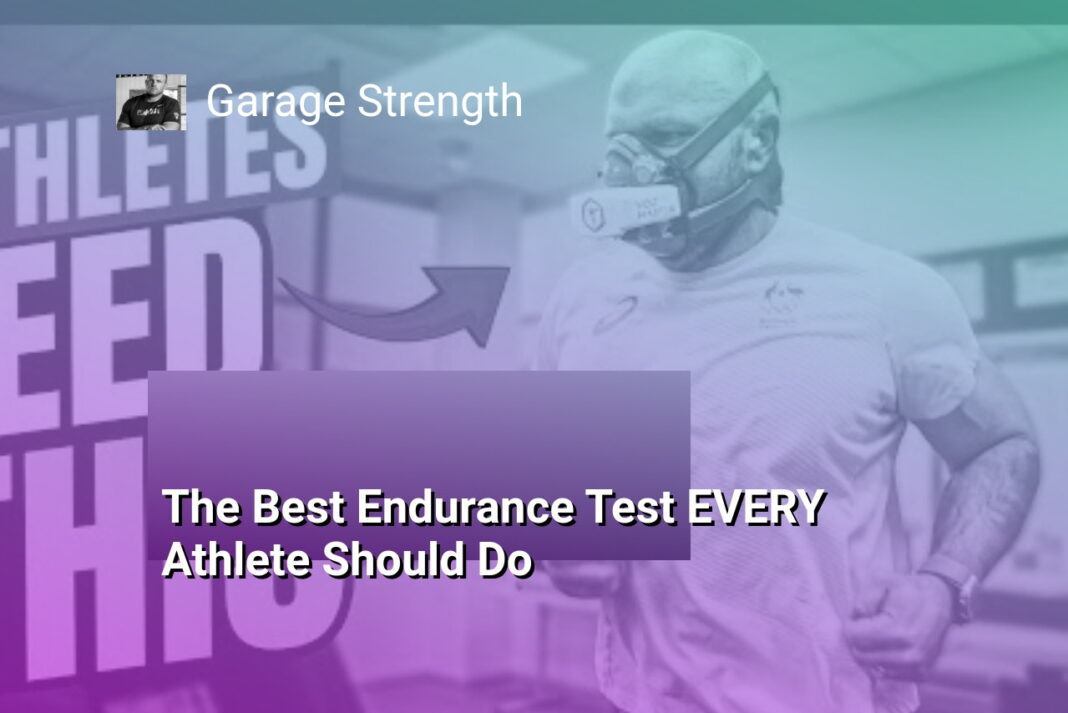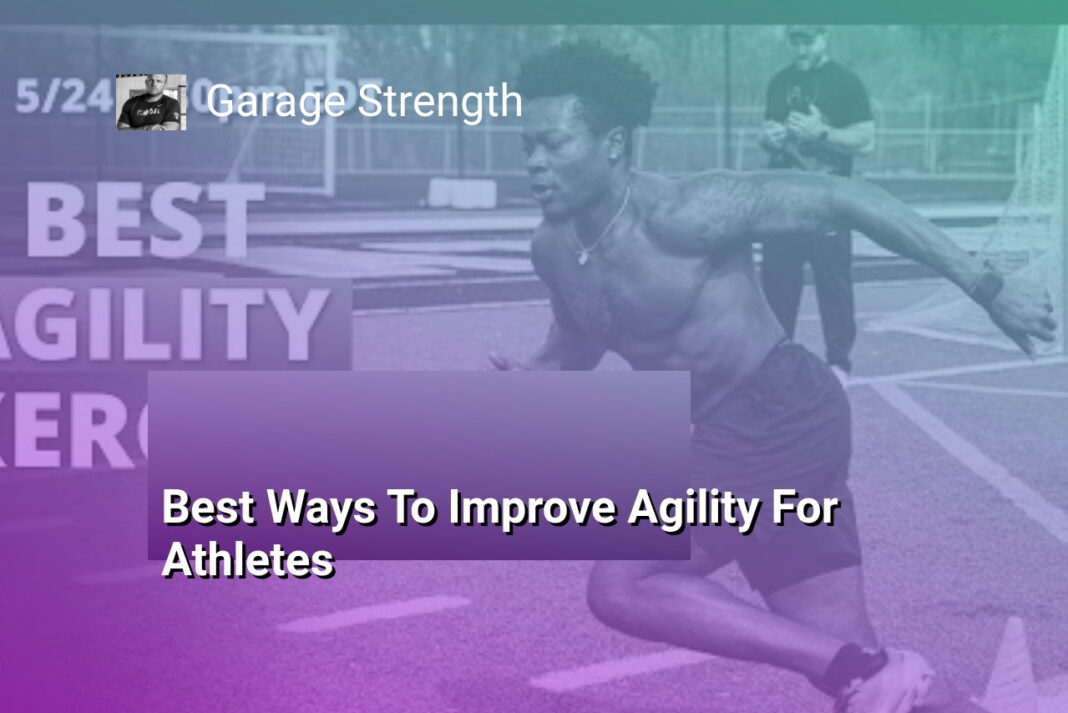The Bottom Line:
- I took a VO2 Max test, which is an important endurance test for athletes, to measure my aerobic capacity and cardiac output as I’ve reached the age of 40.
- I wanted to see if my wearable devices accurately measure my VO2 Max and to establish a baseline that I can track over time to improve my longevity and cardiovascular health.
- VO2 Max is a key indicator of overall health, with the top 2% of the population having a significantly lower risk of cardiovascular events compared to the bottom 25%.
- The test involved running on a treadmill with a mask measuring oxygen intake and carbon dioxide output, which was challenging but provided valuable insights.
- Although my test score of 42 was lower than expected, it gives me a clear target to improve my VO2 Max through high-intensity interval training and other endurance-focused activities.
The Significance of VO2 Max
The Importance of VO2 Max Measurement
Measuring VO2 max, the maximum rate of oxygen consumption during exercise, is a crucial aspect of understanding an individual’s endurance capabilities. This metric provides valuable insights into an athlete’s cardiovascular fitness and overall health. By assessing VO2 max, individuals can gain a deeper understanding of their current physical condition and identify areas for improvement.
The Link Between VO2 Max and Longevity
Research has consistently shown that a higher VO2 max is directly correlated with a lower risk of all-cause mortality, including cardiovascular events. Individuals with a VO2 max in the top 2% of the population have a significantly lower risk of experiencing such health issues. Conversely, those in the bottom 25% of the population have a five-fold increase in cardiorespiratory problems. This underscores the importance of maintaining a robust VO2 max for overall longevity and well-being.
VO2 Max and Sports Performance
In the context of sports and athletics, VO2 max plays a crucial role in determining an individual’s performance potential. The relationship between VO2 max and sports depth, which encompasses factors such as impulse, endurance, speed, and strength, is well-established. Athletes in sports that require higher levels of endurance, such as distance running, swimming, and cycling, tend to have significantly higher VO2 max values compared to those in more power-based sports. By understanding the impact of VO2 max on different sports, athletes can tailor their training and preparation to optimize their performance.
Overall, the significance of VO2 max testing lies in its ability to provide a comprehensive assessment of an individual’s cardiovascular fitness, longevity, and sports performance potential. By understanding and tracking their VO2 max, individuals can make informed decisions about their training and lifestyle choices, ultimately leading to improved health and athletic achievements.
The Correlation Between VO2 Max and Sports Performance
The Importance of VO2 Max for Sports Performance
VO2 max, or maximal oxygen uptake, is a crucial metric for athletes and endurance enthusiasts alike. This measure of an individual’s maximum capacity to transport and utilize oxygen during exercise is directly correlated with sports performance, particularly in endurance-based activities.
The Correlation Between VO2 Max and Endurance Sports
Athletes competing in endurance sports, such as long-distance running, cycling, and swimming, rely heavily on their aerobic capacity. A higher VO2 max allows these athletes to sustain a higher intensity for longer durations, as their bodies can more efficiently utilize oxygen to produce energy. Research has consistently shown that elite endurance athletes possess significantly higher VO2 max values compared to the general population or even recreational athletes.
VO2 Max and Intermittent Sports
While endurance sports are the most obvious beneficiaries of a high VO2 max, this metric also plays a crucial role in sports with intermittent high-intensity efforts, such as soccer, basketball, and hockey. In these sports, athletes need to be able to repeatedly produce bursts of power and speed, interspersed with periods of recovery. A higher VO2 max allows these athletes to recover more quickly between these intense efforts, enabling them to maintain a higher level of performance throughout the game or match.
By understanding the correlation between VO2 max and sports performance, athletes can better tailor their training regimens to improve this key physiological metric. This may involve incorporating high-intensity interval training, hill workouts, and other targeted exercises designed to enhance an individual’s aerobic capacity and overall endurance.
Undergoing the VO2 Max Test: Preparation and Execution
Preparing for the VO2 Max Test
Before undergoing the VO2 max test, it’s crucial to prepare both physically and mentally. This test can be quite demanding, so it’s important to approach it with the right mindset. Start by ensuring you’re well-rested and hydrated in the days leading up to the test. Avoid any strenuous exercise for at least 24 hours prior, as this can impact your results.
The VO2 Max Test Procedure
The VO2 max test typically involves either a treadmill or a stationary bike. You’ll be fitted with a tight-fitting mask that covers your mouth and nose, which is connected to a machine that measures your oxygen intake and carbon dioxide output. This allows the technicians to calculate your VO2 max, which is the maximum amount of oxygen your body can utilize during exercise.
During the test, the intensity will gradually increase, either through incline changes on the treadmill or resistance increases on the bike. Your task is to push yourself to the point of exhaustion, working at your maximum effort. This can be a physically and mentally challenging experience, as the discomfort can be quite intense towards the end of the test.
Embracing the Discomfort
It’s important to remember that the VO2 max test is designed to push you to your limits. The tight-fitting mask, the increasing intensity, and the overall discomfort can be overwhelming, but try to embrace it. Remind yourself that this is a valuable opportunity to gain insights into your physical capabilities and identify areas for improvement. The temporary discomfort is worth it to obtain this critical data.
By preparing both physically and mentally, and approaching the test with a determined mindset, you can ensure that you get the most accurate and meaningful results from your VO2 max assessment. This information can then be used to guide your training and help you reach your endurance goals.
Interpreting the VO2 Max Results
Unveiling the Insights: Interpreting the VO2 Max Results
The VO2 max test provides a wealth of information that can be used to optimize your endurance performance and overall health. By understanding the significance of your VO2 max score, you can develop a targeted training plan to enhance your aerobic capacity and unlock your full potential.
The Significance of VO2 Max
VO2 max, measured in milliliters of oxygen per kilogram of body weight per minute (mL/kg/min), is a direct indicator of your body’s ability to transport and utilize oxygen during exercise. A higher VO2 max is generally associated with better cardiovascular health, increased endurance, and a lower risk of various health conditions, including cardiovascular events.
Interpreting Your VO2 Max Score
Your VO2 max score can be interpreted in the context of your age, gender, and fitness level. Generally, a VO2 max score in the top 25% of the population is considered excellent, while a score in the bottom 25% may indicate a need for improvement in cardiovascular fitness. By comparing your score to normative data or your previous test results, you can gauge your progress and identify areas for targeted training.
It’s important to note that VO2 max is not the sole determinant of athletic performance, as factors like muscle strength, technique, and mental resilience also play crucial roles. However, a high VO2 max can provide a significant advantage, particularly in endurance-based sports or activities that require sustained aerobic effort.
By understanding the insights provided by your VO2 max test, you can develop a tailored training plan that focuses on improving your aerobic capacity through high-intensity interval training, hill work, and other targeted exercises. This, in turn, can lead to enhanced endurance, improved overall health, and a greater sense of well-being.
Strategies to Improve VO2 Max
Incorporating High-Intensity Interval Training
One of the most effective strategies to improve VO2 max is through high-intensity interval training (HIIT). This type of training involves alternating periods of intense exercise with periods of rest or lower-intensity exercise. By pushing your body to its limits during the intense intervals, you can stimulate adaptations that lead to an increase in your VO2 max.
To incorporate HIIT into your training regimen, consider dedicating at least one session per week to this type of workout. For example, you could perform 4-10 sets of 3-5 minute intervals on an assault bike, treadmill, or other cardio equipment, with 2-3 minutes of recovery between sets. Aim to maintain an intensity level that allows you to reach 90% or more of your maximum heart rate during the intervals.
Incorporating Hill Training
Another effective strategy to improve VO2 max is through hill training. Running or cycling uphill challenges your cardiovascular system and muscles to work harder, leading to adaptations that can increase your VO2 max. Incorporate hill workouts into your training routine, such as hill repeats or sustained hill climbs, to target this aspect of your endurance.
When performing hill training, focus on maintaining a high intensity throughout the effort, rather than simply grinding your way up the hill. This will help maximize the cardiovascular benefits and stimulate the desired adaptations.
Monitoring and Tracking Progress
To ensure that your VO2 max-improving strategies are effective, it’s important to regularly monitor and track your progress. Consider investing in a VO2 max testing device, such as the VO2 Master, to obtain accurate and reliable measurements of your VO2 max over time.
By testing yourself quarterly or semi-annually, you can assess the impact of your training and make adjustments as needed to continue driving improvements in your VO2 max. This data can also provide valuable insights into your overall cardiovascular fitness and help guide your training approach.
Remember, improving your VO2 max is a long-term process that requires consistency, dedication, and a willingness to push your body to its limits. By incorporating these strategies into your training, you can unlock the transformative power of VO2 max testing and enhance your endurance performance.





